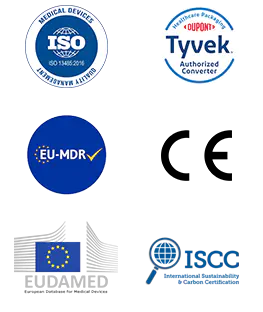Amid increasingly stringent global standards for sterilization in the medical device industry, the Sterilization Indicator Label has evolved into a core verification tool undergoing a full-scale technological upgrade. Hopeway AMD is advancing in label performance, adaptability, and traceability to support the diverse needs of modern sterilization techniques and production environments.
Content
- 1 1. Global Standards Promote Performance Standardization of Labels
- 2 2. Enhancing Label Adaptability Across Diverse Sterilization Methods
- 3 3. Disposable and Traceable Labels: A New Industry Trend
- 4 4. Eco-Friendly Materials and Non-Toxic Processes as R&D Priorities
- 5 5. Smart Label Technology Enhancing Monitoring Efficiency
- 6 6. Expanding Application Fields of Sterilization Indicator Labels
- 7 7. Data Integration Drives Automated Record Management
- 8 8. Procurement Focuses on Performance and Compliance
- 9 9. Conclusion: Small Labels, Big Responsibility
1. Global Standards Promote Performance Standardization of Labels
With stricter global health regulations, sterilization verification has become not only a method of process monitoring but also a critical requirement for medical device compliance and release. According to internationally recognized standards such as ISO 11140 and EN 867, key performance criteria for sterilization indicator labels are now clearly defined: color changes must be accurate and stable, materials must not release toxic gases or residues, and structural integrity must be maintained under high-temperature and high-humidity conditions. These guidelines form the foundation for label R&D, ensuring reliable sterilization feedback across various use cases.
As a professional manufacturer of sterilization indicator labels, Hopeway AMD places standardization at the core of its development philosophy. During product design, our technical team conducts extensive simulation testing on thermal dyes and colorant systems to ensure clear and irreversible color changes under specific temperature or time conditions. Additionally, by refining surface coating processes and laminated base structures, we enhance physical durability in environments such as steam or EO gas sterilization. Material selection strictly adheres to non-toxic, non-volatile, and non-irritating standards—meeting the high biosafety requirements of hospitals and pharmaceutical facilities. These standardized R&D practices not only ensure product reliability but also help establish new industry benchmarks for indicator label performance.
2. Enhancing Label Adaptability Across Diverse Sterilization Methods
The diversification of sterilization techniques poses challenges for label design. From high-temperature saturated steam and ethylene oxide (EO), commonly used in medical institutions, to radiation sterilization and dry heat methods increasingly adopted in biosciences and manufacturing, each process involves different temperature-humidity curves, sterilization mechanisms, and chemical reactions. This requires indicator labels to demonstrate highly specific adaptability—regarding color response time, chemical stability, adhesive strength, and diffusion resistance—to function effectively in varied environments.
Our R&D approach includes detailed analysis of operational parameters across sterilization methods and the establishment of simulation testing platforms that replicate real sterilization conditions. This allows us to compare label performance under different equipment setups. For example, in EO sterilization, labels must respond sensitively to trace gas concentrations while avoiding absorption of residual EO to protect downstream user safety. In steam sterilization, emphasis is placed on thermal expansion coefficients, label adhesion, and color contrast. To meet these varied demands, Hopeway AMD fine-tunes dye activation thresholds, selects pressure-resistant materials, and optimizes composite structures. This ensures high reliability and accuracy across different sterilization settings—allowing our labels to serve not only as clear “sterilized” indicators, but also as traceable identifiers within broader quality control systems.
3. Disposable and Traceable Labels: A New Industry Trend
As automation and refined management in medical device operations advance, along with the growing emphasis on cross-contamination control, traditional reusable sterilization indicator labels are gradually being replaced by disposable ones. These labels simplify operational processes and significantly reduce the risk of contamination caused by reuse. Additionally, modern hospitals and manufacturing facilities are placing increased importance on full-process traceability, requiring sterilization labels to expand beyond simply indicating sterilization status — they must also carry digital data for quick identification and recording of key information such as batch numbers, users, and sterilization time.
In response to this trend, we have developed a series of disposable sterilization labels with integrated digital identification capabilities. These labels can incorporate QR codes, barcodes, and even miniature embedded RFID chips. Users can scan the labels to instantly access batch information, packaging details, and usage history, enabling seamless integration with hospital HIS systems or factory MES platforms. Beyond traditional color change indicators, the addition of digital elements provides dual-verification, improving usability while enhancing data completeness. In terms of traceability, these labels support system-based alerts, data analytics, and historical record retrieval, becoming a critical component in advanced quality management systems.
Looking forward, Hopeway AMD will continue to optimize the digital modules of its labels, aiming to provide sterilization solutions that are not only accurate but also intelligent, and helping shift sterilization label functionality from basic identification to full smart management.
4. Eco-Friendly Materials and Non-Toxic Processes as R&D Priorities
Today, medical institutions and manufacturing enterprises must not only meet sterilization compliance standards but also balance environmental protection and resource conservation. With widespread use of disposable medical supplies and high material consumption, reducing the ecological impact of sterilization indicator labels through eco-conscious design has become a key focus in the industry. At Hopeway AMD, we adhere to the principle of “functionality and sustainability in parallel” and actively explore the use of biodegradable substrates, non-toxic inks, and residue-free adhesives to promote green label manufacturing.
In material selection, we utilize plant fiber-based or controllably decomposable polymers that comply with environmental standards, ensuring the labels can naturally degrade under specific conditions and ease the burden on waste disposal systems. For the indicator layer, we have abandoned traditional heavy-metal-based dyes in favor of non-toxic, thermally responsive colorants that remain safe under high temperatures and do not release harmful substances, safeguarding both sterilization environments and human health. In terms of adhesives, we adopt low-residue technologies, allowing clean removal with no glue remnants, which improves application quality and aids in waste handling and secondary contamination control.
Moreover, our production lines are equipped with strict emission monitoring systems to control VOCs during printing, and we conduct source-level environmental evaluations on raw materials, creating a comprehensive green quality control chain. Through these measures, Hopeway AMD ensures both reliable sterilization indication and alignment with sustainability goals, offering the industry a practical model for green transformation.
5. Smart Label Technology Enhancing Monitoring Efficiency
With the rapid development of digital healthcare systems and intelligent manufacturing, traditional color-change sterilization labels are no longer sufficient to meet modern healthcare demands for real-time, full-process, data-driven monitoring. In response, smart sterilization label technologies based on thermal, humidity, and light sensitivity are emerging as key innovations. Leveraging our expertise in materials science and micro-electronic integration, we are actively advancing toward digitally connected and visualized label solutions.
We have already developed several models of smart labels embedded with temperature and humidity sensors. These labels monitor environmental changes during sterilization in real time and provide feedback through color shifts or electronic signal transmission. They can connect directly to sterilization equipment for integrated monitoring. Some models include microchips that automatically collect sterilization process data, offering full “process evidence” for future audits and quality verification.
To improve efficiency in large institutions, we have also developed wireless data reading technologies and batch scanning systems, suitable for operating room instrument management, automated CSSD sterilization equipment, and remote unmanned environments. Especially in complex and high-risk sterilization scenarios — such as biosafety labs or infectious disease wards — these smart labels greatly enhance process control and transparency.
This evolution from “static sensing” to “dynamic monitoring” improves both accuracy and responsiveness in sterilization validation, and it drives deeper digitalization in healthcare systems. Hopeway AMD will continue exploring new applications in the smart label field, helping medical institutions achieve safer, more efficient, and fully traceable sterilization management.
6. Expanding Application Fields of Sterilization Indicator Labels
With the deepening implementation of aseptic control concepts across various industries, sterilization indicator labels are gradually expanding from the healthcare system to critical sectors such as food processing, cosmetics, and biopharmaceuticals. In these fields, microbial control directly impacts consumer health and product compliance, prompting sterilization processes to require visual validation standards on par with, or even exceeding, those in medical applications.
Leveraging its extensive label design experience and in-depth industry research, Hopeway AMD has successfully adapted traditional medical labeling technologies for non-medical professional scenarios, promoting widespread cross-industry use of sterilization indicator labels.
For instance, in the food processing industry, sterilization labels can be used in ready-to-eat food packaging to manage sterilization batches and visually confirm whether high-temperature sterilization has been achieved. In sterile cosmetics production, the labels record sterilization temperature, humidity, and batch information to ensure a fully controlled packaging process. In biopharmaceutical plants, labels serve not only as a verification tool but also as a key credential for regulatory compliance and quality audits.
To meet the environmental characteristics and sterilization requirements of these specialized industries, Hopeway AMD offers a wide range of product series, compatible with steam, pressure, plasma, and irradiation conditions. These labels have been optimized in terms of color change mechanisms, adhesive materials, and identification encoding, making them reliable across diverse production lines. Designed to integrate seamlessly with industry standards, they offer visualized and process-oriented technical support for quality control systems.
Looking ahead, we will continue to track emerging industries’ aseptic control needs, expanding the boundaries of sterilization label applications to new materials, new energy, and lab equipment, thereby delivering safer and more reliable sterilization validation solutions to society at large.
7. Data Integration Drives Automated Record Management
In healthcare and life sciences, sterilization has long been essential to product safety, yet batch management and traceability often rely on manual logs and paper records. This traditional approach suffers from issues like data omissions, siloed information, and poor retrievability—falling short of modern standards for data accuracy and real-time access.
As digitalization becomes integral to healthcare systems, the data functionality of sterilization labels is undergoing a major transformation—shifting toward system integration and automated management.
To align with this trend, Hopeway AMD has developed sterilization indicator labels supporting digital encoding, automated capture, and seamless system connectivity. These labels can be embedded with RFID, QR codes, or barcodes, and scanned for real-time uploads to Hospital Information Systems (HIS), Laboratory Information Management Systems (LIS), or Manufacturing Execution Systems (MES). They not only confirm sterilization completion but also log operation time, operator identity, device ID, and sterilization parameters—providing visual evidence for traceability, audits, and process optimization.
By integrating with platform interfaces, our labels can trigger smart alerts, auto-generate reports, and flag abnormal batches. These capabilities are particularly valuable for large hospitals, CSSDs, pharmaceutical plants, and research institutions—enhancing sterilization management with higher efficiency, safety, and auditability, and driving the transition from outcome-based to process-driven quality control.
8. Procurement Focuses on Performance and Compliance
As sterilization label usage expands, procurement stakeholders are placing greater emphasis on product performance, compliance standards, and service responsiveness. Labels must exhibit consistent color development, environmental durability, and long-term storage stability, while also supporting digital system integration, custom process management, and regulatory documentation.
Buyers are shifting away from price-driven decisions, prioritizing supplier R&D capabilities, certifications, traceability services, and industry experience.
Through continuous optimization, Hopeway AMD has adapted its product architecture and service models to meet diverse global market demands. Our products meet multiple international quality standards and can be customized for various sterilization methods, workflows, and packaging forms—including dimensions, color change windows, and digital identifiers—ensuring balance between applicability and operational efficiency.
For industries under stringent oversight—such as medical devices, pharmaceuticals, and food processing—we provide documentation support and traceability recommendations to help clients navigate audits and quality assessments smoothly.
In addition, we’ve built a robust service response mechanism, offering one-stop solutions for label selection, application training, batch anomaly analysis, and system integration testing. With strong professionalism and reliable delivery capabilities, we have earned a solid reputation and become a trusted technology partner for institutional procurement.
9. Conclusion: Small Labels, Big Responsibility
Sterilization indicator labels may be small, but they are indispensable components in aseptic control. Their value lies not only in visible color changes but also in the safety assurance, process standardization, and data traceability they support. As industries like healthcare, pharmaceuticals, and food increase their sterilization oversight, the label has evolved from a simple confirmation tool into a vital quality checkpoint throughout the process.
At Hopeway AMD, we recognize the crucial role these labels play in safeguarding patients, optimizing procedures, and enabling information integration. Guided by the principles of “accurate identification, intelligent management, and sustainability,” we continuously innovate, enhance performance, and expand label applications. We also actively align with evolving industry standards and integrate with customer systems to deliver sterilization labeling solutions that are more visible, reliable, and intelligent.
Looking to the future, Hopeway AMD will keep pace with industry dynamics, enhance its technological and service capabilities, and provide strong support for sterile production and clinical safety worldwide. Though small in form, sterilization labels carry immense responsibility—ensuring the integrity and trust of the entire sterilization process.

 English
English Français
Français Deutsch
Deutsch Nederlands
Nederlands

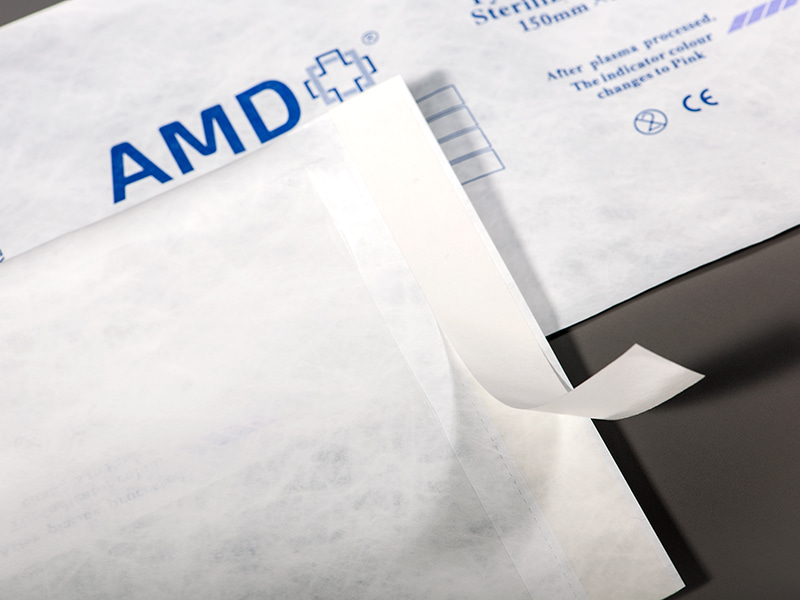
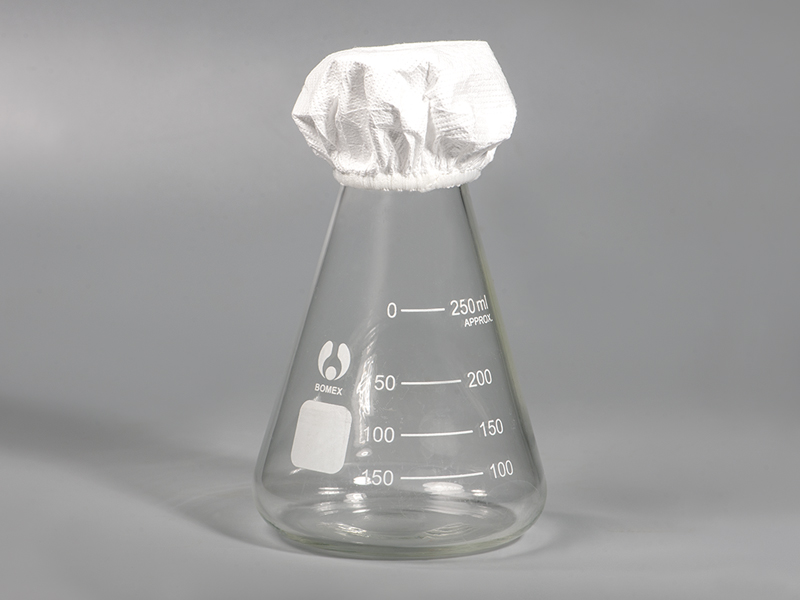



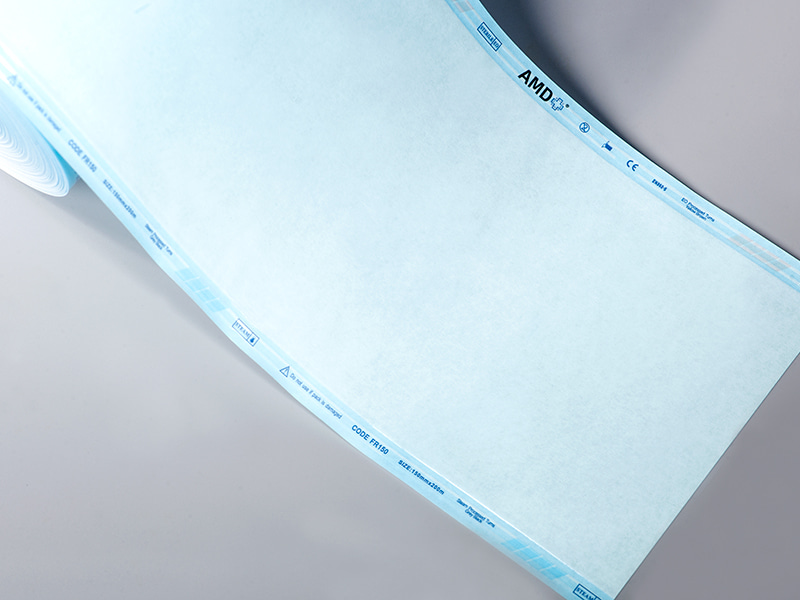
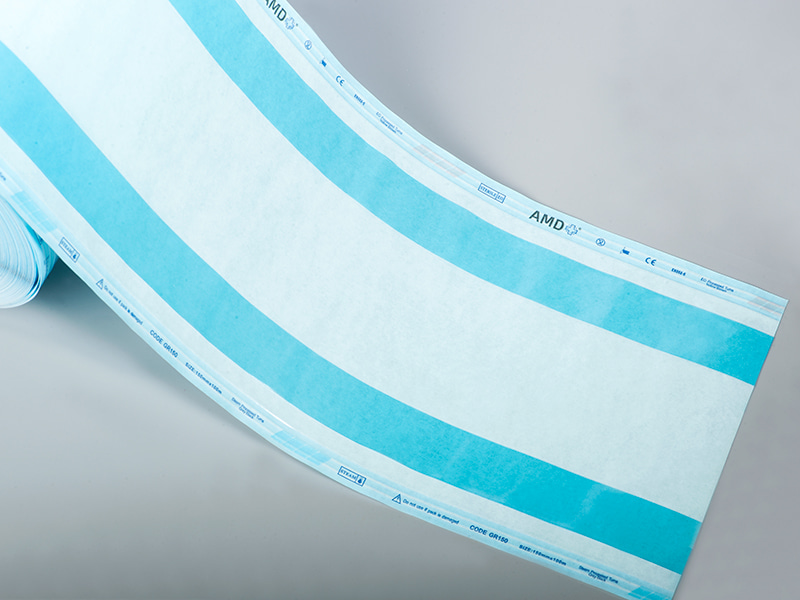
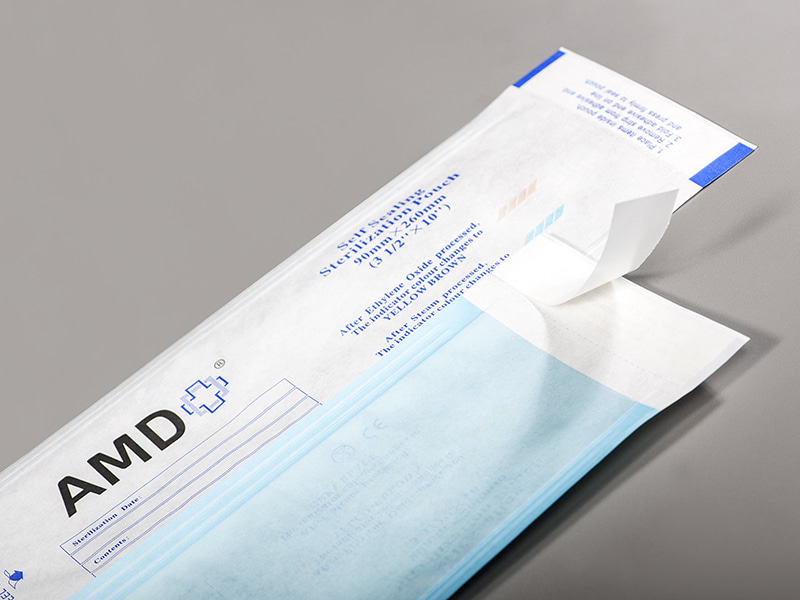
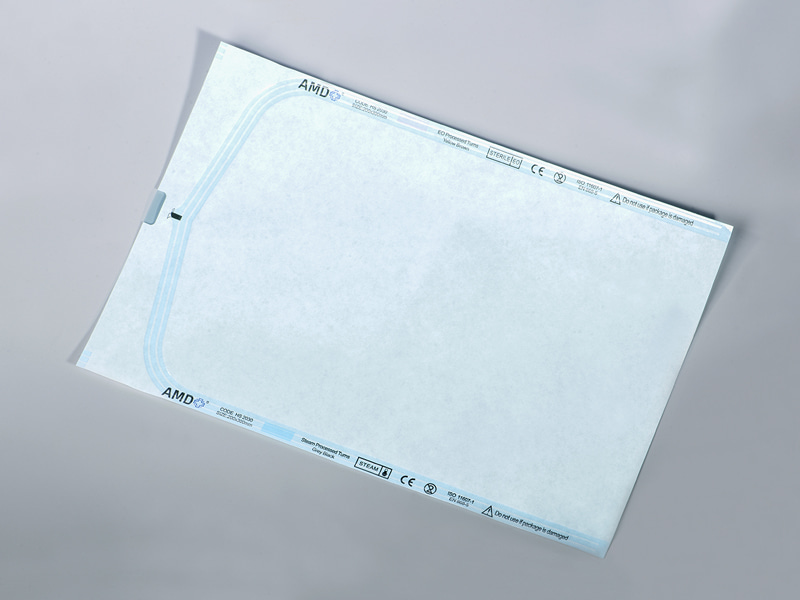
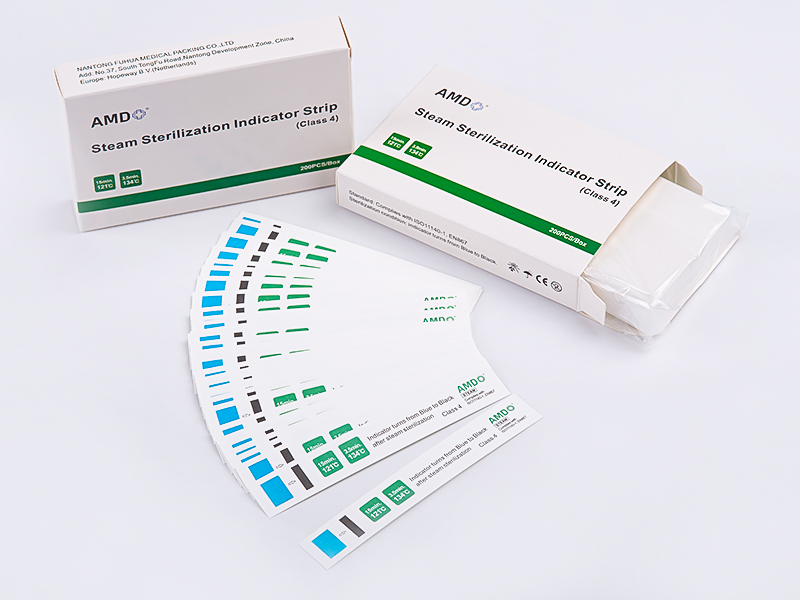
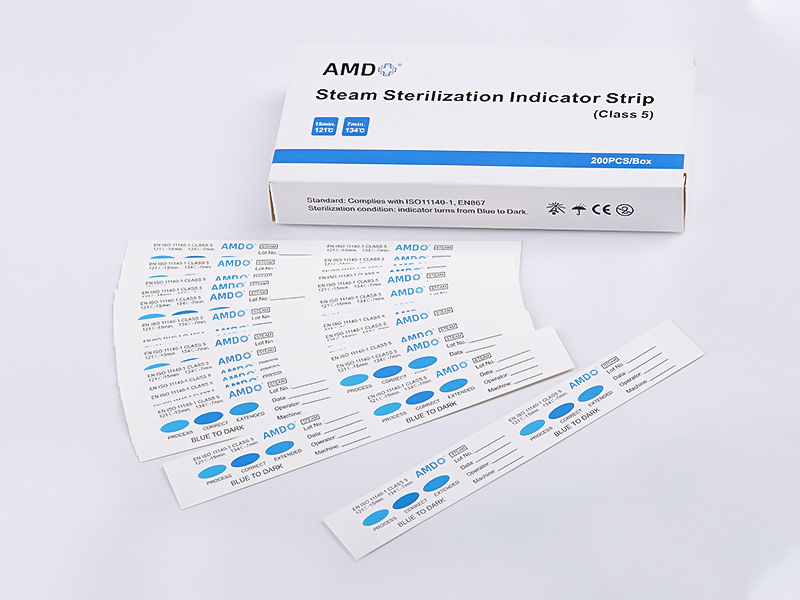

 ‘s-Gravenweg 542, 3065SG RotterdamThe Netherlands
‘s-Gravenweg 542, 3065SG RotterdamThe Netherlands
 +31 (0)10 254 28 08
+31 (0)10 254 28 08
